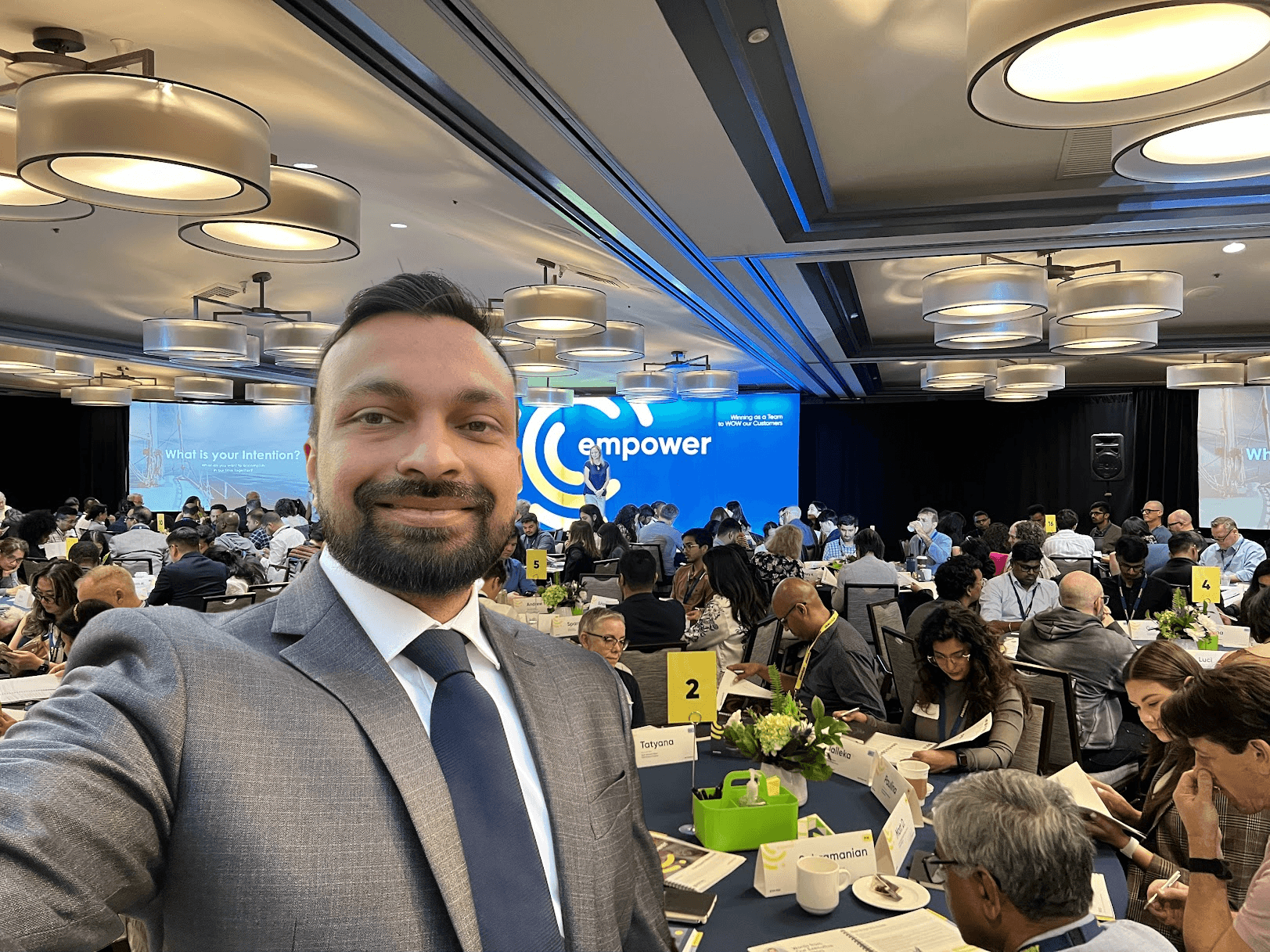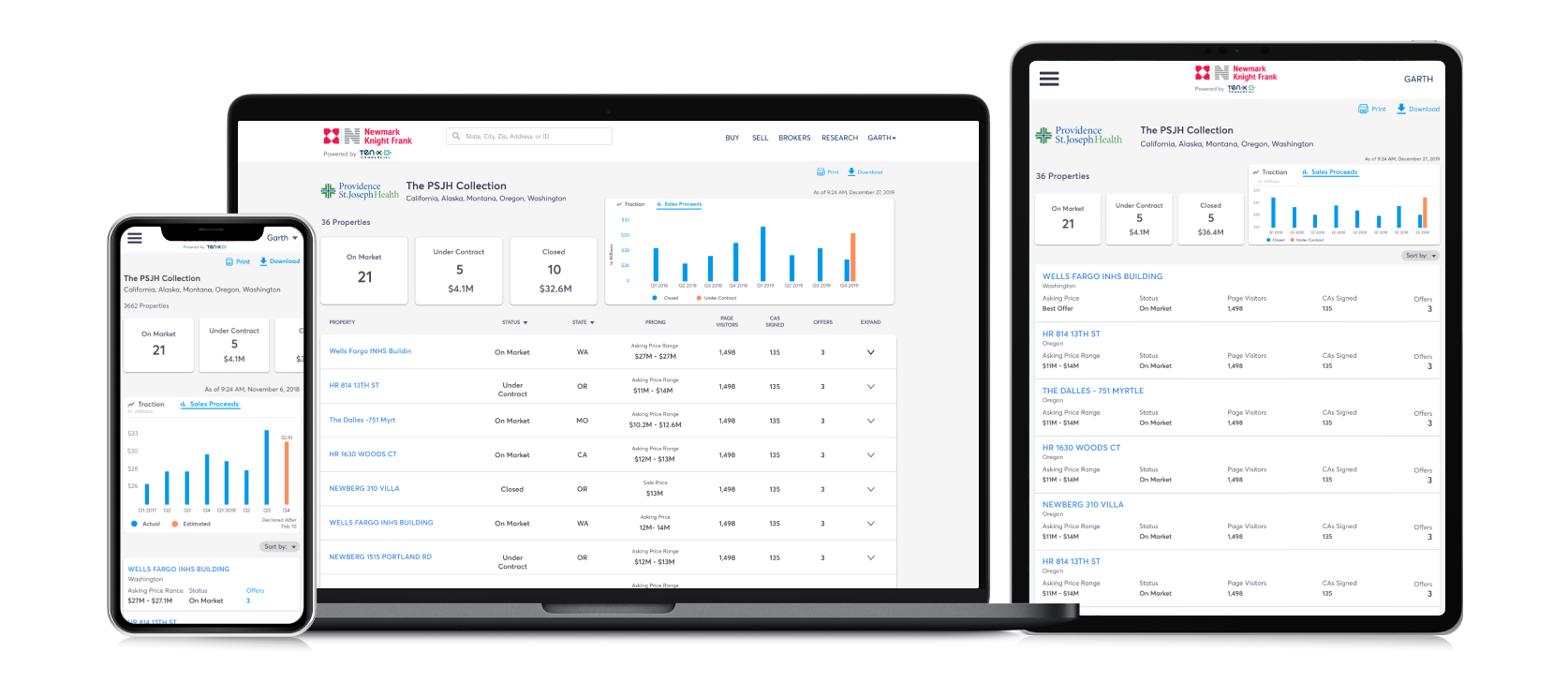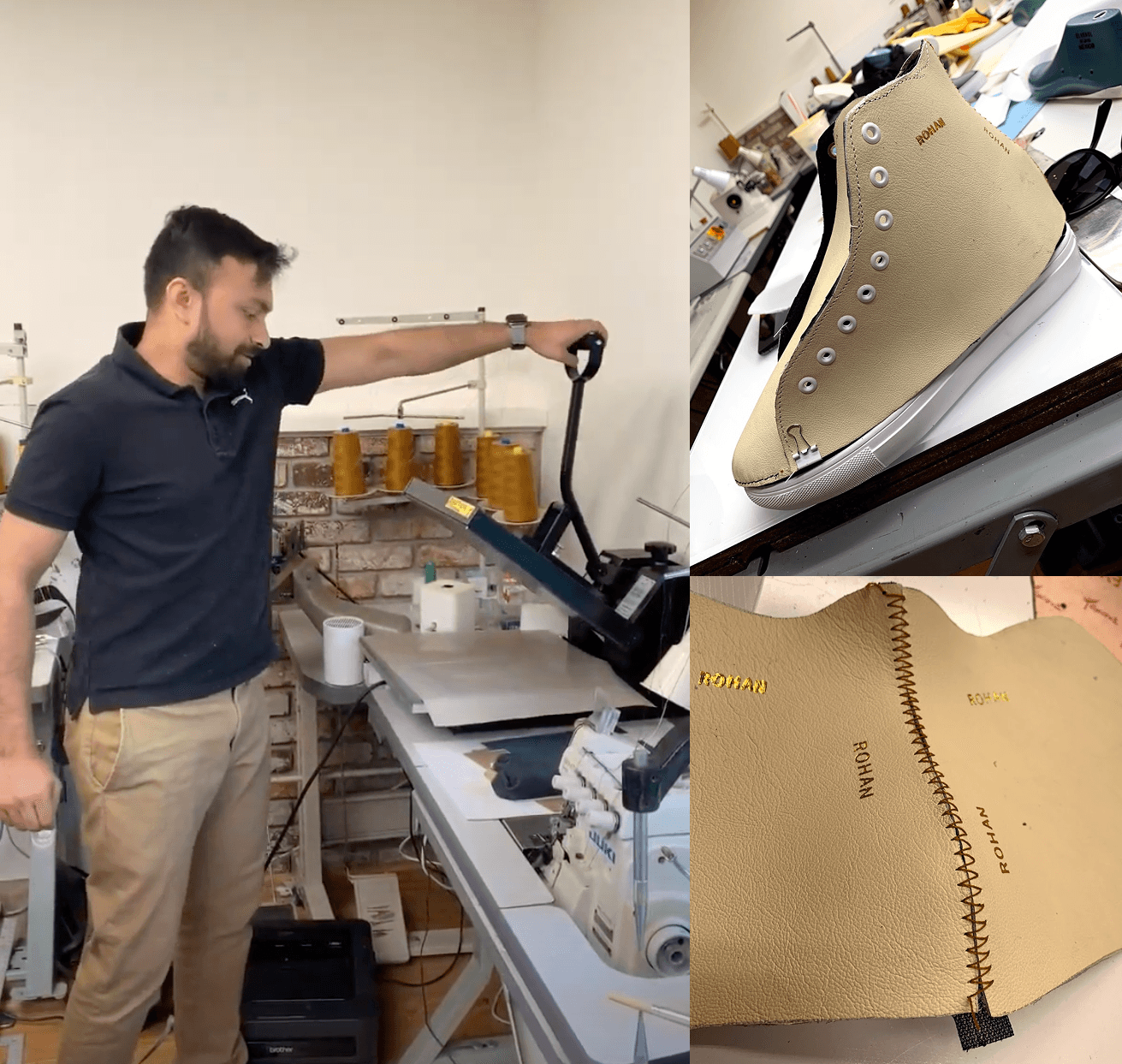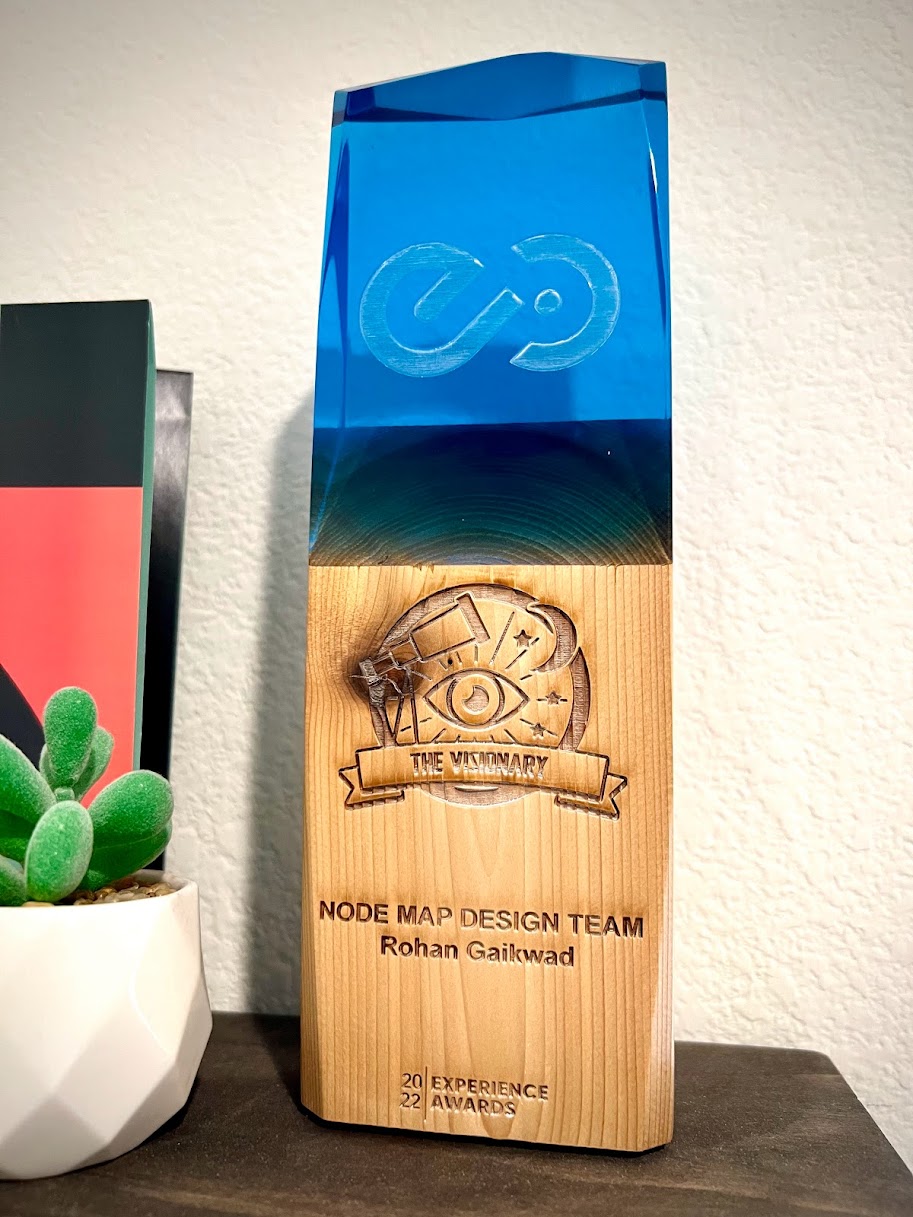We recently connected with Rohan Gaikwad and have shared our conversation below.
Hi Rohan, thanks for joining us today. What’s been the most meaningful project you’ve worked on?
One of the most meaningful projects I have led was the design of Node Map 3D at ServiceNow, a global enterprise platform powering digital operations for many of the world’s largest organizations. The challenge we faced was helping users make sense of sprawling IT infrastructures, systems with thousands of interconnected assets that traditional tools failed to represent clearly or meaningfully.
This wasn’t just a usability problem. Industries like healthcare, finance, telecommunications, and public infrastructure rely on stable IT environments. When systems go down, the ripple effects can disrupt essential services and endanger lives. Yet existing observability tools were often too technical, too reactive, and inaccessible to new or less-experienced users.
Node Map 3D changed that. It visualized IT infrastructure as a dynamic, interactive map, giving users the ability to trace outages, uncover hidden dependencies, and explore their systems intuitively. I led the UX strategy and execution, partnering deeply with engineering to introduce features like real-time graph rendering, contextual troubleshooting, and search-based filtering, all within a seamless 3D interface.
What made this project truly meaningful was its impact on both inclusion and sustainability. By reducing cognitive load and flattening the learning curve, we empowered novice users and cross-functional teams to participate in infrastructure management. This promoted inclusion in roles that had previously required deep technical expertise. From a sustainability perspective, better observability enabled early issue detection and prevention, reducing system downtime and the associated environmental and operational costs of failure recovery.
Beyond its immediate success, the project earned the UX Design Award, was adopted widely by enterprise clients, and won the ServiceNow Visionary Award, Node Map 3D also served as a foundational shift in how we think about system interaction. It introduced a mental model centered around visibility, intent, and guided resolution, which would later evolve into our framework for designing agentic AI workflows.
The lessons from Node Map, surfacing the right context at the right time, empowering users without overwhelming them, and creating systems that guide rather than just inform, have directly shaped my ongoing work in integrating generative AI into enterprise platforms. Today, these principles are at the heart of how we design AI agents that collaborate with users, anticipate intent, and take autonomous actions responsibly.
This project was more than a technical success. It was a turning point that connected systems thinking, ethical design, and future-forward innovation, elements I continue to carry forward in my work.


Rohan, love having you share your insights with us. Before we ask you more questions, maybe you can take a moment to introduce yourself to our readers who might have missed our earlier conversations?
I’m Rohan Gaikwad, a product designer driven by systems thinking, storytelling, and a deep commitment to clarity in complexity. My journey into design began early, shaped by my father who was an automobile design engineer. Watching him sketch, prototype, and problem-solve sparked a lifelong fascination with how design could make complex machines not only function better but feel intuitive and human.
That inspiration took me to the Indian Institute of Technology (IIT) Guwahati, where I earned my Bachelor’s in Design, and later to Carnegie Mellon University, where I specialized in Human-Computer Interaction. I’ve always believed great design isn’t just about screens—it’s about systems, people, and how we shape tools that shape us.
Over the past 14 years, I’ve worked across industries like fintech, real estate, telecom, and enterprise software. Today, I serve as a Staff Product Designer at ServiceNow, where I lead UX for foundational platform experiences and agentic AI design. One of my proudest achievements was designing Node Map 3D, a spatial visualization tool that helps IT teams troubleshoot and explore complex infrastructure. It won the UX Design Award | Public Choice and the ServiceNow Visionary Award, and it laid the groundwork for our approach to building responsible, transparent AI systems today.
My work has always been about empowering users—whether it’s giving first-time home buyers tools to understand credit options, enabling IT admins to reduce downtime in mission-critical environments, or mentoring young designers breaking into the field. I’ve been top 1% global mentor on ADPList, and I continue to advise students and startups globally.
Travel has also deeply shaped my perspective. From working in Sweden on inclusive learning tools, to collaborating with teams across India, Europe, and the U.S., I’ve come to appreciate how design translates across cultures, languages, and access levels. That global lens helps me focus on building systems that are not just scalable, but human-centered, inclusive, and ethically grounded.
What sets my work apart is a mix of strategic clarity, hands-on execution, and the ability to bridge design, engineering, and AI. I don’t just craft interfaces, I shape frameworks that guide how next-generation systems behave, interact, and support users.
At the heart of my mission is this: to build tools that empower people to do their best work, especially in moments of ambiguity, urgency, or scale.


Is there mission driving your creative journey?
Absolutely. My mission as a designer is to make complexity feel simple, to bring clarity where there’s chaos, and to ensure that the tools we build truly empower people, regardless of their background, ability, or level of expertise.
Design is not just about aesthetics; it directly impacts usability, safety, and accessibility. A well-designed interface can prevent errors, reduce cognitive stress, and even save lives in critical domains like healthcare, transportation, or finance. Good design also expands access. Concepts like inclusive and accessible design help ensure that people with disabilities or limited digital literacy can still participate fully and extract value from modern technology.
On a broader level, I believe design has the power to level the playing field. It can reduce friction, increase participation, and inspire others to create. I’ve seen how a thoughtfully designed product can spark creativity in someone else, unlock new ideas, or make someone feel seen and understood. That’s the kind of ripple effect I hope my work continues to create.


Any resources you can share with us that might be helpful to other creatives?
Yes, absolutely. One of the most pivotal moments in my journey came when a senior of mine took the time to mentor me and help me perfect my portfolio. Their feedback, encouragement, and honest critique shaped how I presented my work and boosted my confidence when I needed it most. Looking back, I wish I had actively sought out that kind of mentorship earlier. You’d be surprised how much people are willing to help if you simply reach out.
I also wish I had developed the habit of systematic visual deconstruction sooner. Regularly collecting and analyzing great design work—whether through platforms like Mobbin, Landbook, or Behance—and then trying to recreate it taught me more than many structured courses. It’s one of the fastest and most effective ways to build your creative instincts.
Another valuable shift came when I started learning how to communicate the “why” behind my design decisions. Tools like “The Mom Test” for gathering better feedback, “Lean UX” for collaborative workflows, and frameworks like JTBD (Jobs to Be Done) helped me approach product problems more strategically.
Lastly, I’ve come to deeply value the importance of keeping an open and curious mind, not just within design, but across other creative domains. Exploring music, film, automobile design, nature, and architectural spaces has helped me draw unexpected insights that often translate into better design decisions. These forms of art share fundamental principles like rhythm, proportion, flow, and emotional storytelling. The internet is full of behind-the-scenes resources and documentaries on how these things are made, and diving into them regularly has helped shape my thinking and sharpen my creative instincts.
Contact Info:
- Website: https://www.rohangaikwad.com
- Linkedin: https://www.linkedin.com/in/rohangaikwad/




